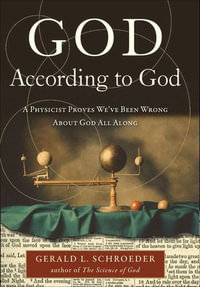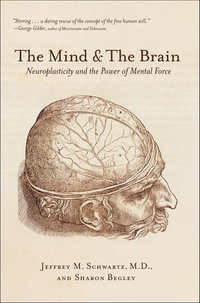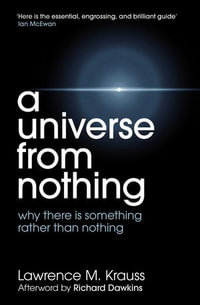
eTEXT
Analytic Properties of Feynman Diagrams in Quantum Field Theory
International Series of Monographs in Natural Philosophy
By: I. T. Todorov
eText | 17 May 2014 | Edition Number 1
At a Glance
eText
$39.60
or
Instant online reading in your Booktopia eTextbook Library *
Read online on
Desktop
Tablet
Mobile
Not downloadable to your eReader or an app
Why choose an eTextbook?
Instant Access *
Purchase and read your book immediately
Read Aloud
Listen and follow along as Bookshelf reads to you
Study Tools
Built-in study tools like highlights and more
* eTextbooks are not downloadable to your eReader or an app and can be accessed via web browsers only. You must be connected to the internet and have no technical issues with your device or browser that could prevent the eTextbook from operating.
ISBN: 9781483156323
ISBN-10: 148315632X
Published: 17th May 2014
Format: PDF
Language: English
Publisher: Elsevier S & T
Edition Number: 1























